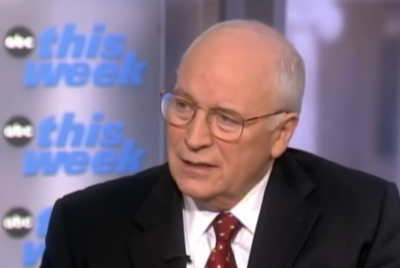Why Soviet communist countries had a love-hate relationship with money
A communist utopia would eradicate money but also relies on it to spread its political ideology.
2017 marks 100 years since the first communist government came into power, when under Vladimir Lenin the Bolsheviks overthrew the Tsar autocracy in Russia, paving the way for the rise of the Soviet Union.
Under the new socialist government, Lenin attempted to make a classless society in which ownership was shared between everyone and privatisation was scrapped. Money has no place in an ideological Communist society, and yet the various communist states throughout the 20th and 21st century have all failed to successfully remove money from their economy.
Now, a new exhibition at the British Museum, 'The Currency Of Communism', details this love-hate relationship.
"[Karl] Marx said that paper money was a tool of communication. He said that money only had value because it circulates," says Thomas Hockenhull, curator of modern money at the British Museum.
These words from socialist philosopher Karl Marx is where Hockenhull believes the idea of using money as propaganda stems from.
Various bank notes were printed in the USSR featuring romanticised portraits of soldiers, farm workers and factory workers; all showing positive imagery reflecting the political and economic aims of the state.
"What happened with communist notes was that this intense upheaval that took place during the time of revolution and the need to put propaganda and state ideology on notes led to the real flourishing of designs and the production of some of the most dynamic designs that have ever adorned a bank note," says Hockenhull.

As well as these extravagantly adorned bank notes, some states were also simultaneously undermining their currency by ensuring they looked and felt worthless.
In East Germany the government made coins out of the light, cheap metal aluminium to emphasise its meaninglessness which in turn caused the coins to be given the nickname 'alu-chips.'
So why then has no state successfully eradicated the circulation of money?
For Hockenhull the combination of the need for foreign exchange and recognition of the additional chaos this would create is the reason behind why many communist states decided to continue using money. "Communist states normally came about through violent revolution after economic turmoil' he notes.
Where states did toy with the idea it just pushed obtaining goods underground on to the black market. For communist governments it would seem using money for propaganda was making the most out of accepting they couldn't eradicate it all together.
Money may have been circulating but as Hockenhull notes it was used to send out an important message. "All the time the government is saying this isn't about what money can do for you. This isn't about personal enrichment, it's about what you can do for the state," he says.
'The currency of communism' is on display at the British Museum from 19 October 2017 - 18 March 2018.






















